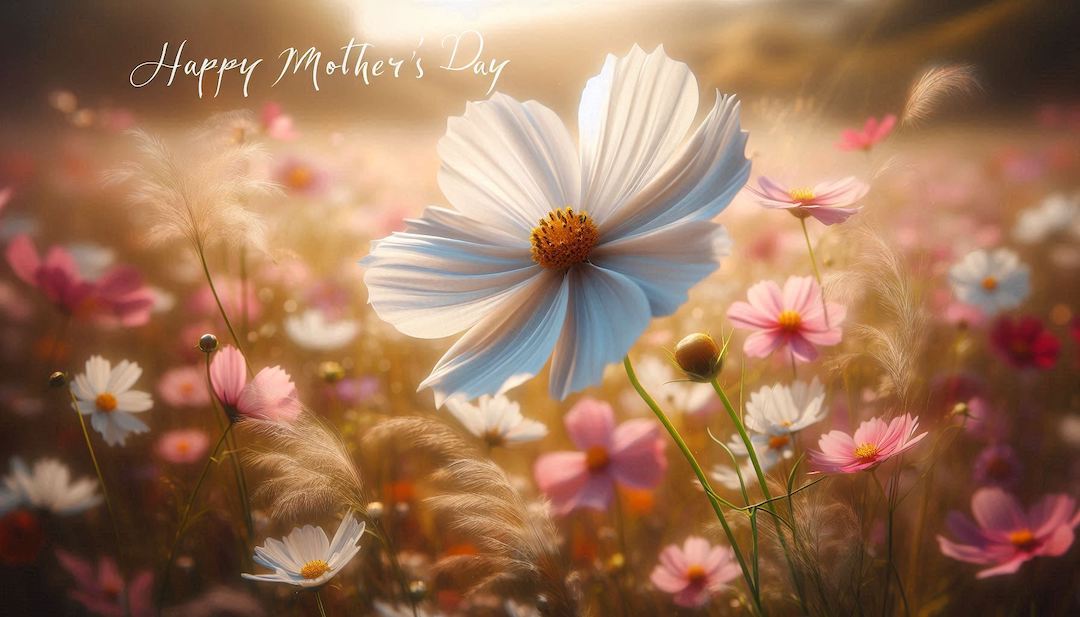
Each second Sunday in May, the world slows down a little to say “Thank you, Mom.” We send flowers, write heartfelt notes, book brunches, and post sentimental tributes online. But beyond the chocolates and greeting cards lies a history rooted in grief, peace, and a daughter’s deep devotion to her mother. The story of Mother’s Day in America is far more emotional—and powerful—than most people know.
A Legacy Born from Peace and Care
The origins of Mother’s Day in the United States trace back to the work of two extraordinary women in the 19th century.
First, Ann Reeves Jarvis, a West Virginia mother and community activist, organized “Mother’s Day Work Clubs” in the 1850s. These were not days of celebration, but movements for sanitation and health in a time when disease and child mortality were rampant. During the Civil War, she urged these clubs to remain neutral and care for wounded soldiers from both sides. After the war, she continued promoting reconciliation with a “Mother’s Friendship Day.”
Then came Julia Ward Howe, best known as the author of The Battle Hymn of the Republic. Shocked by the carnage of war and the loss of countless sons, Howe penned the Mother’s Day Proclamation in 1870. Her call wasn’t for celebration, but for a gathering of mothers to promote peace. She envisioned a day when women would rise up against war and violence and “solemnly take counsel with each other as to the means whereby the great human family can live in peace.”
While neither of these early efforts established a national holiday, they laid the emotional and moral groundwork for what was to come.
The Daughter Who Wouldn’t Give Up
The true spark that ignited Mother’s Day as we know it came from Anna Jarvis, the daughter of Ann Reeves Jarvis. After her mother passed away in 1905, Anna vowed to honor her legacy. She believed that a mother’s love and sacrifice deserved a national day of recognition.
In 1908, Anna organized the first official Mother’s Day celebration at a Methodist church in Grafton, West Virginia, where her mother had once taught Sunday School. Her simple gesture of handing out white carnations—her mother’s favorite flower—became a symbol of purity and remembrance.
Anna campaigned tirelessly, writing letters to politicians, clergy, and business leaders. Her dedication paid off. In 1914, President Woodrow Wilson signed a proclamation making Mother’s Day a national holiday, to be observed on the second Sunday in May.
From Reverence to Retail
Ironically, the woman who gave everything to create Mother’s Day spent the rest of her life fighting what it became.
Anna Jarvis grew increasingly disillusioned as florists, candy-makers, and card companies began commercializing the day she intended to be one of heartfelt sincerity and quiet reflection. She even went so far as to boycott Mother’s Day events, condemn the industry publicly, and use her personal funds to file lawsuits in hopes of restoring the original purpose of the holiday.
Despite her efforts, Mother’s Day evolved into one of the biggest consumer holidays in America, with billions spent annually. For some, it’s brunch and balloons. For others, it’s a chance to finally call mom, send a gift, or scroll through family photos.
A Day for Remembering
Yet beneath the surface of the glossy ads and floral arrangements lies something deeper and more enduring. For those who have lost their mothers, Mother’s Day can be a difficult, even mournful occasion. The empty chair at the table. The silenced phone. The memories that flood in with the scent of lilies or the taste of a familiar dish.
For these sons and daughters, Mother’s Day is not about celebration but remembrance—a chance to reflect on love, loss, and the ways our mothers shaped us.
An Enduring Thought
Whether your mother is beside you, miles away, or no longer living, Mother’s Day is a moment to pause and feel. Amid the noise of modern life, let us remember that the heart of Mother’s Day beats not in advertisements or purchases, but in the quiet truth that to be a mother—or to be loved by one—is one of life’s most sacred gifts.
So this year, don’t just celebrate Mother’s Day. Honor it. Feel it. Remember it.
Because sometimes, the simplest gestures—like a handwritten note or whispered prayer—carry the greatest love of all.
-Lê Nguyễn Thanh Phương-
